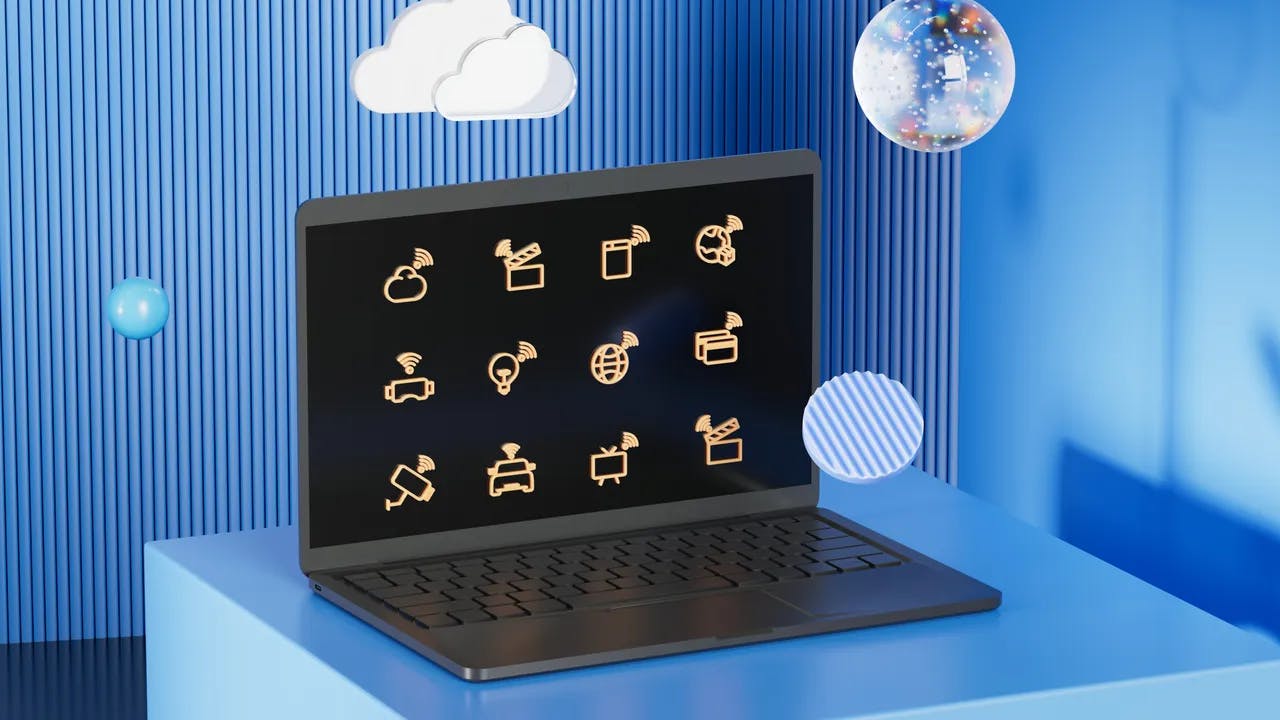How to Conduct Usability Testing: A Step-by-Step Guide
Are you looking to improve the user experience of your website or application? Usability testing is a crucial step in the design process that can help you identify and address any usability issues. In this step-by-step guide, we will walk you through the process of conducting usability testing to ensure that your product is user-friendly and intuitive.
What is Usability Testing?
Usability testing is a method used to evaluate a product's usability by testing it with real users. It involves observing users as they interact with your website or application and collecting their feedback. The goal is to identify any usability issues and make improvements based on user insights.
Usability testing can be conducted at any stage of the design process, from early prototypes to fully developed products. It helps you understand how users navigate through your product, what challenges they face, and how you can enhance their experience.
Step 1: Define Your Objectives
Before you begin usability testing, it's important to clearly define your objectives. What specific aspects of your product do you want to evaluate? Are you looking to test the overall user experience, the effectiveness of specific features, or the ease of completing certain tasks?
By setting clear objectives, you can focus your testing efforts and gather meaningful insights. For example, if you want to evaluate the checkout process on your e-commerce website, your objective could be to identify any usability issues that may hinder users from completing a purchase.
Step 2: Recruit Participants
The next step is to recruit participants who represent your target audience. Ideally, you should aim for a diverse group of participants to ensure that you capture a range of perspectives. Consider factors such as age, gender, technical expertise, and familiarity with similar products.
Recruiting participants can be done through various methods, such as online platforms, social media, or by reaching out to your existing user base. Offer incentives, such as gift cards or discounts, to encourage participation.
Step 3: Create Test Scenarios and Tasks
Once you have your participants, it's time to create test scenarios and tasks. Test scenarios are realistic situations that users might encounter when interacting with your product. For example, if you have a food delivery app, a test scenario could be ordering a meal for delivery.
Tasks, on the other hand, are specific actions that users need to perform to complete the test scenarios. For the food delivery app example, a task could be selecting a restaurant, choosing a meal, and placing an order.
Ensure that your test scenarios and tasks are clear and concise. Avoid leading participants or providing too much guidance, as this may bias their responses.
Step 4: Set Up the Testing Environment
Before you begin testing, make sure you have a suitable testing environment. Find a quiet space where participants can focus without distractions. Set up a computer or device with your product installed, and ensure that any necessary equipment, such as a webcam or microphone, is working properly.
Consider using screen recording software to capture participants' interactions with your product. This will allow you to review the sessions later and analyze their behavior in more detail.
Step 5: Conduct the Usability Test
Now it's time to conduct the usability test. Start by explaining the purpose of the test to participants and reassuring them that you are testing the product, not their abilities. Encourage them to think aloud and share their thoughts as they navigate through the tasks.
Observe participants as they interact with your product, taking note of any difficulties or confusion they encounter. Pay attention to their facial expressions, body language, and verbal feedback. Ask follow-up questions to gain deeper insights into their experience.
Step 6: Analyze the Data
Once the usability test is complete, it's time to analyze the data you have collected. Review the recordings, notes, and any other data you have gathered. Look for patterns, common issues, and areas where users struggled the most.
Consider using a usability testing tool or software to help you analyze the data more efficiently. These tools often provide metrics and visualizations that can help you identify trends and prioritize improvements.
Step 7: Make Improvements
Based on your analysis, identify the key usability issues and prioritize them based on their impact on the user experience. Work with your design and development team to address these issues and make improvements to your product.
Remember to involve your users throughout the design process. Conducting iterative usability testing allows you to validate the effectiveness of your improvements and ensure that you are moving in the right direction.
Step 8: Repeat the Process
Usability testing is not a one-time event. As your product evolves, it's important to continue testing and refining its usability. Regular usability testing can help you identify new issues that may arise as you introduce new features or make changes to your product.
By incorporating usability testing into your design process, you can continuously improve the user experience and create a product that truly meets the needs of your target audience.
Conclusion
Usability testing is a valuable tool for improving the user experience of your website or application. By following this step-by-step guide, you can conduct effective usability tests and gather valuable insights from your users. Remember to define your objectives, recruit participants, create test scenarios and tasks, set up the testing environment, conduct the test, analyze the data, make improvements, and repeat the process.
Usability testing is an ongoing process that should be integrated into your design workflow. By prioritizing user feedback and making data-driven improvements, you can create a product that is intuitive, user-friendly, and ultimately successful.
Explore More
- Nielsen Norman Group. (2021). Usability Testing. Retrieved from https://www.nngroup.com/articles/usability-testing-101/
- Interaction Design Foundation. (2021). Usability Testing. Retrieved from https://www.interaction-design.org/literature/topics/usability-testing
- Smashing Magazine. (2021). A Comprehensive Guide To User Testing. Retrieved from https://www.smashingmagazine.com/2018/05/comprehensive-guide-user-testing/
